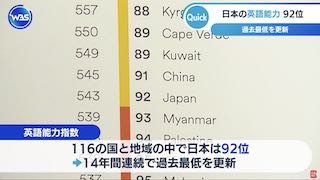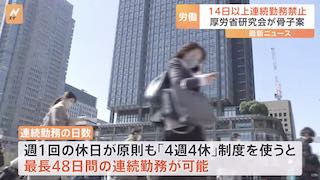May 18 (Japan Today) - The draconian Sakoku-rei or Seclusion Edict, as ordered by Shogun Tokugawa Iemitsu, in 1636, would seal off the country from the outside world for the next two centuries.
Along with banning foreign priests outright, the edict threatened Japan's aspiring ocean voyagers with summary execution. Here are a few excerpts:
"No Japanese ship ... nor any native of Japan, shall presume to go out of the country; whoever acts contrary to this, shall die, and the ship with the crew and goods aboard shall be sequestered until further orders.
"All persons who return from abroad shall be put to death."
If this topic seems unfamiliar to the average Japanese, we can -- as usual -- blame the education system. A textbook used in the nation's high schools around 1950 glossed over two centuries of national seclusion in a single sentence, stating "... aspects of Western culture that had been previously introduced almost completely faded from sight, and the majority of the people were ignorant of changes in the outside world, continuing to enjoy the bliss of a peaceful Japan."
By 1984, the Ministry of Education had persuaded textbook authors to apply a few more specifics, but the overall gist of the policy was still somewhat superficial.
"After the Shimabara Rebellion, the shogunate became increasingly wary of the Christians, and in 1639 banned entry of the Portuguese. Finally, in 1641, the Dutch trading post in Hirado was moved to Dejima in Nagasaki, and foreign trade was limited to Nagasaki. As a result of the isolation edict, the only foreigners with whom Japan had relations during this time were the Dutch, Chinese and Koreans, with the points of contact points limited to Nagasaki and Tsushima, thereby establishing a system in which the shogunate monopolized diplomacy and trade."
According to Nikkan Gendai (May 11), the textbook versions are not merely oversimplifications, but wrong. To explain this, Nikkan Gendai assigned Koichi Tsunoda, an instructor at a Tokyo metropolitan high school, to set the record straight, and Tsunoda devoted an entire newspaper page to explain what actually occurred during the period of national seclusion, accompanied by maps and illustrations.
Essentially the shogun's government tolerated the existence of four kuchi (gateways) through which Japanese engaged in extensive foreign trade, diplomacy and other exchanges. ...continue reading















